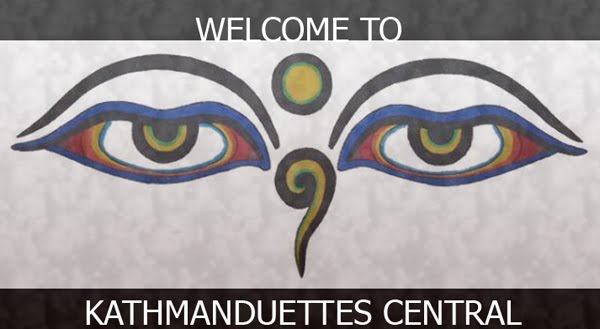
Jan has two passions: her painting and social work. She has been well-associated with Faces of Nepal, a portrait series of ethnic faces which a number of us are fortunate to own some prints. Since 1975 this English artist from Southampton has been painting Nepali people and has held a number of exhibitions. Girl trafficking, homeless women and mentally disturbed people are some of society’s issues she has been grappling with. In 2004 she founded KAT, the Kathmandu Animal Treatment Centre. (See photo above, with KAT staff).
It focuses on the thousands of stray and sick dogs that abound in the Valley: their diseases ranged from injuries, mange, rabies and others. Jan’s model was one located in Jaipur, India called ’Help in Suffering’, an organization which manages a dog problem. KAT was registered as non-profit, charitable animal welfare organization in June 2003 and formally opened on 9th May 2004. It main mission is to create a dog friendly, rabies-free, non-breeding street dog population.
The tourist Jan arrived in Kathmandu in 1968, secured a job as a hairdresser in Boris Lissanevitch’s Royal Hotel, traveled some more, and returned in 1975. Her first portrait was of a boy who lived near Basantapur, Prem Lal. She later became her guardian: he now runs a motorbike shop. Then she found and supports two children from the Bote tribe, whose father commited suicide.
In 1997 she was decorated with the Gorkha Dakshin Bahu by King Birendra Bir Bikram Shah Dev.
Jan lives in Lazimpat (If I'm not mistaken, near Balaram Motors?) with five rescued dogs and four cats in a small upstairs flat. In only five years she and her team had dramatically reduced the dog population through an organized spay and neutering program as well as treating other serious animal health issues. The following is a story of Mango, KAT’s mascot:


